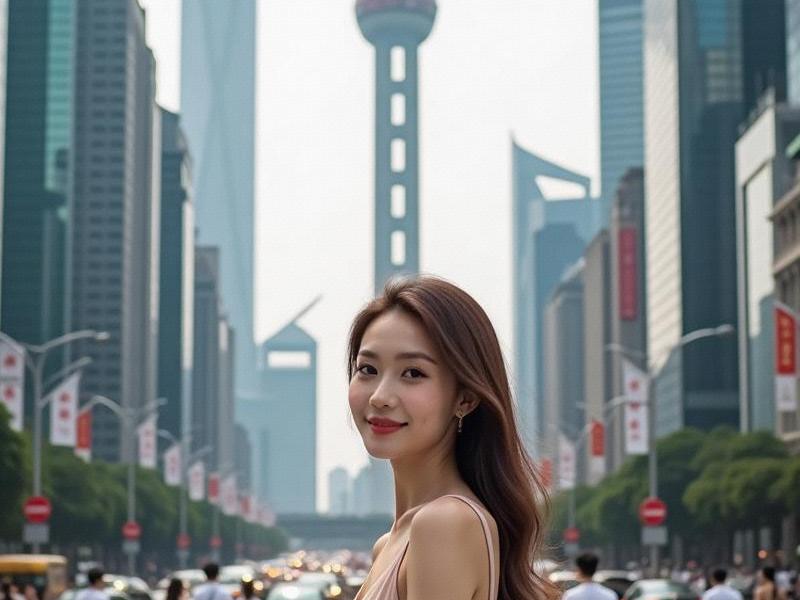This investigative feature examines how Shanghai women are navigating the intersection of tradition and modernity through professional achievements, lifestyle choices, and cultural expression in China's most cosmopolitan city.

The Shanghai Woman Archetype
Historical context of Shanghai femininity:
- 1930s: The "Modern Girl" movement origins
- 1980s: Reform and opening-up pioneers
- 2000s: Globalization ambassadors
- Present: Digital age innovators
Professional Landscape (2025 Data)
Economic empowerment indicators:
- 62% of managerial positions in Fortune 500 Shanghai offices
- 45% fintech startup founders
- Average salary 28% higher than national female average
- 78% postgraduate education participation rate
阿拉爱上海
Fashion as Cultural Expression
Current style movements:
1. Neo-Qipao Revival: Modernized traditional wear
2. Techwear Fusion: Functional fashion
3. Sustainable Luxury: Eco-conscious consumption
4. Genderfluid Trends: Breaking style boundaries
Social Indicators of Change
Demographic shifts:
- Marriage age: 31.4 (urban districts)
- 38% dual-income no kids (DINK) households
新夜上海论坛 - 67% home ownership rate
- 82% participate in continuing education
Cultural Preservation Initiatives
Heritage conservation efforts:
- 156 qipao tailoring workshops
- Jiangnan silk embroidery schools
- Tea ceremony academies
- Shanghainese language programs
Digital Influence Economy
Content creation trends:
上海龙凤阿拉后花园 - 3.2 million female livestreamers
- Top categories: education (41%), culture (33%), tech (26%)
- Average engagement rate 18% above platform averages
Challenges and Controversies
Ongoing debates:
- Work-life balance pressures
- Ageism in certain industries
- Beauty standard discussions
- Rural-urban divide perceptions
Conclusion: The Future of Shanghai Femininity
As Shanghai continues its ascent as a global city, its women remain at the forefront of China's social transformation - embodying the delicate balance between cultural heritage and progressive values that defines the Shanghai spirit.